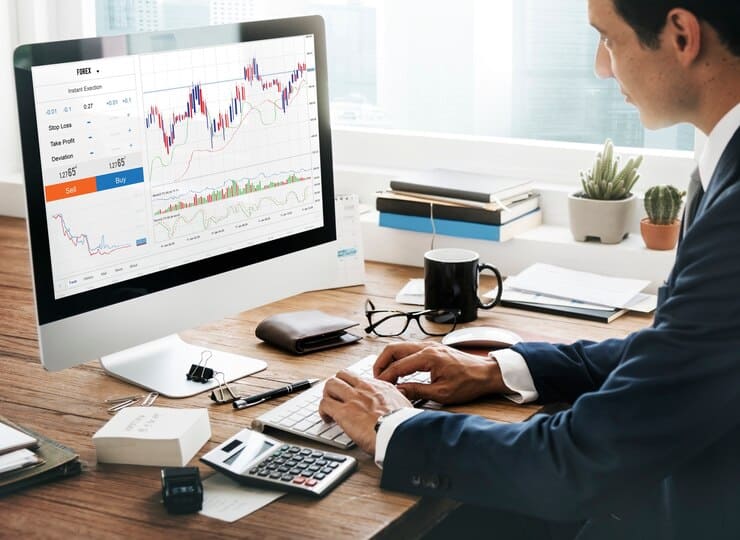Accounting for Forex Trading: Managing Finances and Profits

Forex trading offers lucrative opportunities for investors to capitalize on fluctuations in currency exchange rates, but effective financial management is essential for long-term success in this dynamic market. Read More
The first step in accounting for forex trading is setting up separate trading accounts to segregate personal and trading finances. Opening a dedicated forex trading account allows traders to track transactions, monitor performance, and calculate tax liabilities accurately. Accounting software or spreadsheets can be used to record account balances, deposits, withdrawals, and trading activity for each account. Accurate record-keeping is essential for tracking forex transactions and maintaining financial transparency. Traders should meticulously document every trade, including currency pairs, trade size, entry and exit points, and profit or loss incurred. Accounting systems help organize transaction data, generate trade summaries, and reconcile account balances to ensure accuracy and accountability. Calculating profits and losses is a fundamental aspect of forex trading accounting. Traders use realized and unrealized profit and loss statements to assess their trading performance and financial viability. Realized profits and losses result from closed trades, while unrealized profits and losses reflect the value of open positions. Accounting tools automate profit and loss calculations, providing insights into trading strategies’ effectiveness and risk exposure. Risk management is paramount in forex trading to mitigate potential losses and preserve capital. Accounting New York principles guide traders in assessing risk exposure, setting stop-loss orders, and implementing position sizing strategies to control risk. By calculating risk-to-reward ratios and monitoring account leverage, traders can make informed decisions to safeguard their financial interests and optimize risk-adjusted returns. Forex trading generates taxable income subject to capital gains taxation in many jurisdictions. Traders are required to report realized profits and losses on their tax returns and pay applicable taxes on their trading gains. Accounting for tax liabilities involves accurately documenting trading activity, calculating capital gains or losses, and adhering to tax reporting requirements. Consulting with a tax advisor or accountant can help ensure compliance with tax laws and optimize tax efficiency in forex trading. Forex trading incurs various costs, including spreads, commissions, and overnight financing fees. Accounting for trading costs is essential for accurately assessing trading performance and profitability. Traders should track transaction costs associated with each trade, analyze cost-to-revenue ratios, and optimize trading strategies to minimize expenses and maximize net profits. Performance metrics provide valuable insights into trading effectiveness and profitability. Key performance indicators (KPIs) such as return on investment (ROI), win rate, drawdowns, and risk-adjusted returns help traders assess their trading performance objectively. Accounting systems enable traders to analyze performance metrics, identify strengths and weaknesses in their trading strategies, and make data-driven decisions to improve overall profitability. Accounting plays a crucial role in managing finances and optimizing profits in forex trading. By establishing dedicated trading accounts, tracking transactions, calculating profits and losses, managing risk exposure, and monitoring trading costs, traders can effectively manage their trading operations and achieve sustainable success in the forex market. Adopting sound accounting practices ensures financial transparency, regulatory compliance, and informed decision-making, empowering traders to navigate the complexities of forex trading with confidence and proficiency. Establishing Trading Accounts:
Tracking Transactions:
Calculating Profits and Losses:
Managing Risk and Exposure:
Tax Implications:
Monitoring Trading Costs:
Evaluating Performance Metrics:
Conclusion:
